Experiencing the 2019 Daegu EV Eco Rally
Posted by Wesley on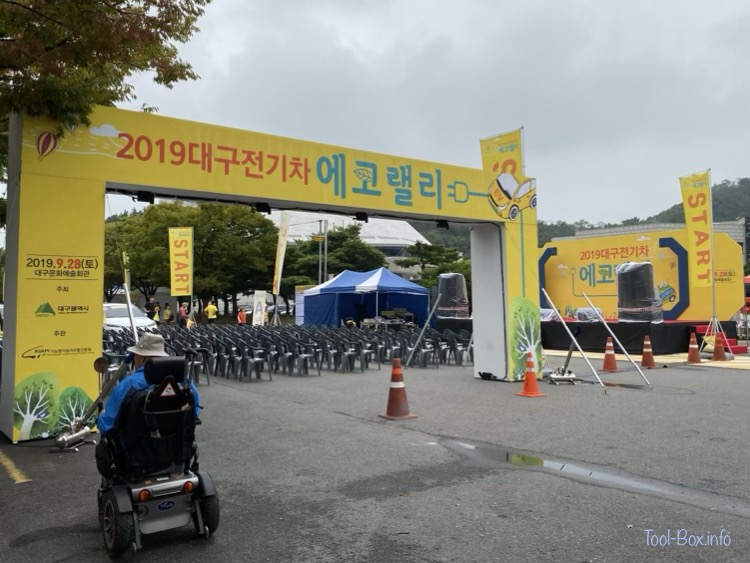
Daegu Metropolitan City is currently the most proactive regional government in the mainland Korea for promoting the adoption of electric vehicles. The city has its own sprawling charger network and the total number of EVs eligible for purchase subsidy per year is one of the largest in the nation. Also, it has been holding an EV Eco Rally since 2017 to show off the clean and efficient nature of the EVs to its citizens.
I wanted to know how efficient I was driving my car, so I attended the event last year despite being just four months into EV ownership at the time and needing a two and a half hour trip from Naju. I ended up ranking roughly in the middle. Feeling that I could do better, I honed my skills and re-entered the competition this year.
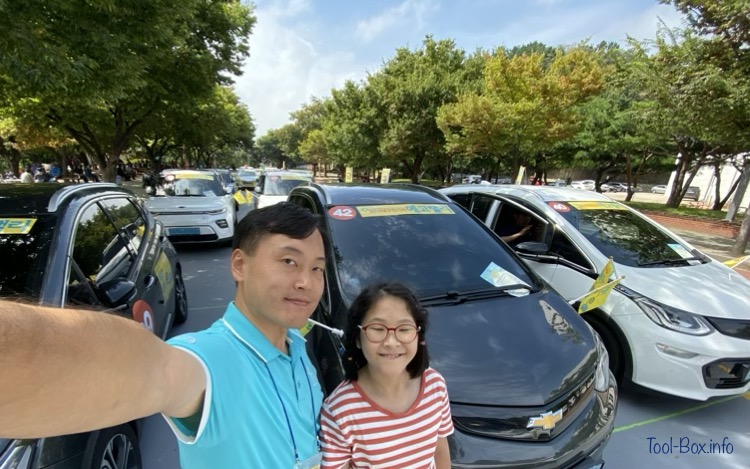
Since each car models have different characteristics, participating cars were grouped according to the model. A group needed at least four cars for efficiency ranking and four models qualified this year - Kona (Group A) and Niro (Group B) had 14 cars while Ioniq (Group C) and Bolt EV (Group D) had 9. Other models participated on a non-competitive basis, which brought the overall total to 56 cars.
To drive as efficiently as possible in the rally, convenience features like air conditioning and satellite navigation screen are turned off to save energy. This makes the ride quite uncomfortable as my family found out last year. But Celine still wanted to join her dad in the event for this year, so I assigned her the duty of a human navigator, helping me make my way around the busy Daegu downtown. I didn’t realize how significant this would affect the outcome at first.
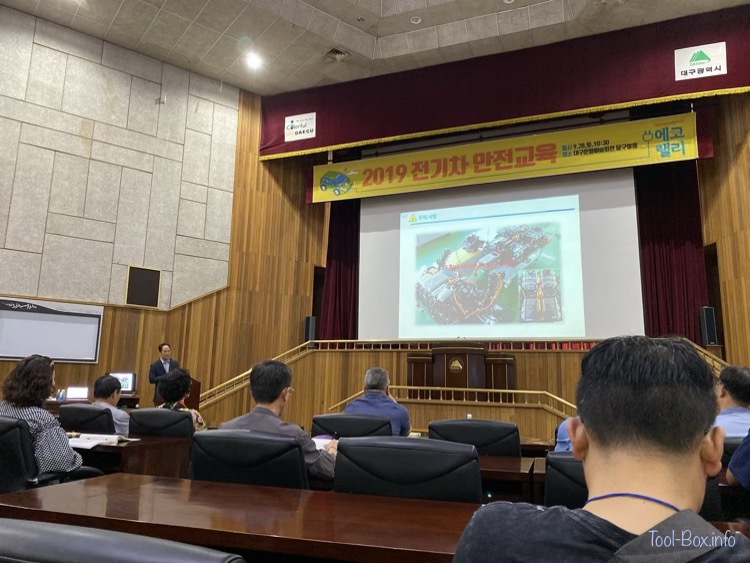
Participating cars were to be parked into the relevant group’s spot before 10:30, and the drivers were told to attend the subsequent safety training. While this was generally informative, there was a bit of a Hyundai-Kia bias as the presenter was from that company. After the training, status update on Daegu’s EV support infrastructure followed.
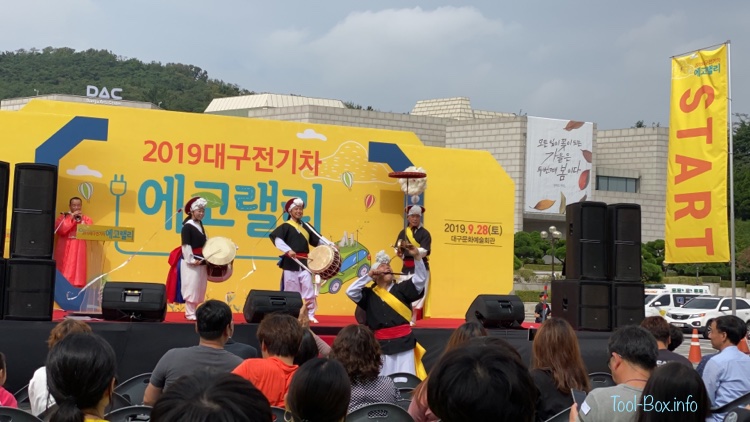
With the PowerPoint sessions over, we were served a buffet lunch at noon. At around 1PM, the official opening ceremony took place next to the starting gate, complete with opening speech by the vice mayor and appointment of this year’s EV charger support volunteers.
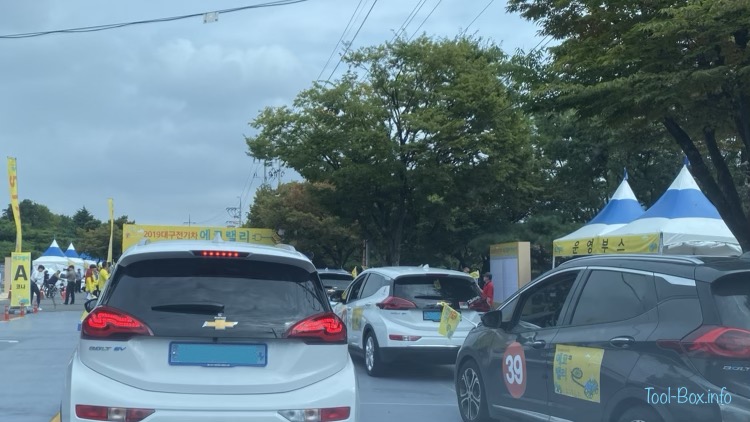
About 20 minutes later, the chairs were cleared up to begin the main event - the EV Eco Rally. Cars on the starting positions were let out of the gate one by one, beginning the 18km journey that has to be completed within the 50 to 120 minutes' time. If the car did not properly pass at least three out of four checkpoints, or come in outside the designated time frame, it would be disqualified.
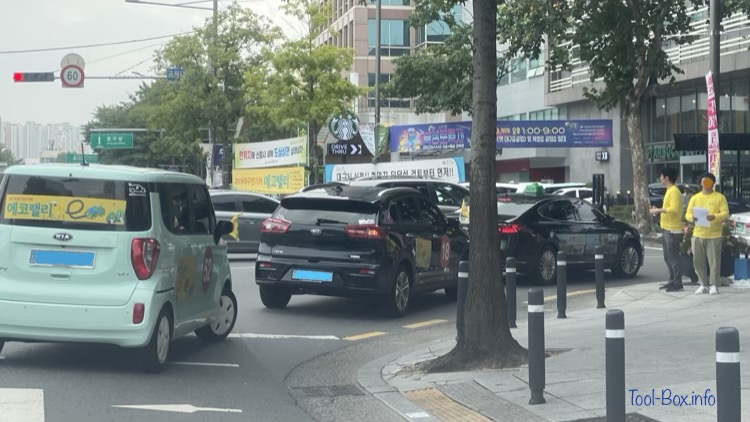
Passing the checkpoints were easy. You just had to make sure that you were coming slowly in the right direction so that the record keeper can make note. The difficult part was trying to be on the right track at the efficient speed amidst the traffic-heavy path that this year's rally was set on. A modern EV's optimal speed is around 40 to 50km/h but the traffic flow rarely went faster than that. In many cases the car was stuck behind the red light for several minutes at a time, getting me a bit worried about not making it back in time. Good thing I was able to follow the course exactly as intended with the help of Celine - no efficiency or time was lost there.
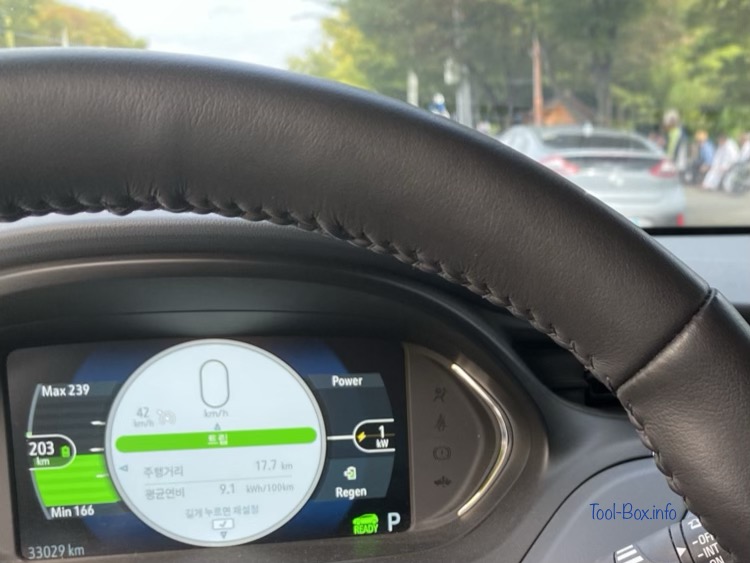
In the end, I did return with about half an hour to spare. I got a respectable number of 9.1kWh/100km (11.0km/kWh). Lower is better, so I was disappointed when the screen showed 9.0 just as I stopped, but flipped to 9.1. When I went to check the complete leaderboard later, I found myself tied with two other people at the second place with the best number at 8.6. But that number turned out to be from a 2019 model, which uses the km/kWh metric. So the true number was 11.6 instead and the three people were contending for the first place after all.
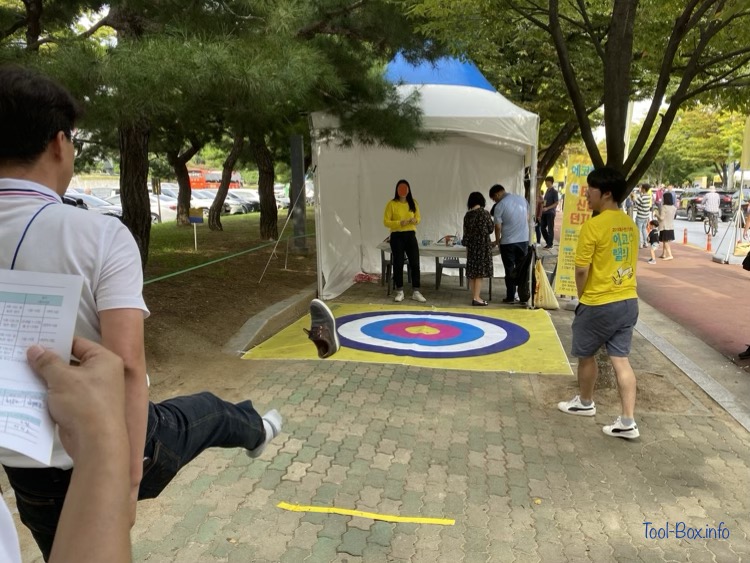
The rally wasn't just about efficient driving. To add some fun, you could participate in four additional activities that earns you several mission points. The one you see on this photo is about trying to throw your shoe as close to the center circle as possible with your foot. You could get up to five points here. Other activities equally test your skills and luck, with the best possible total point being 30. I let Celine do all the activities and ended up with 16 points, a good number but alas bit short of a prize contender. I think the best score was around 26.
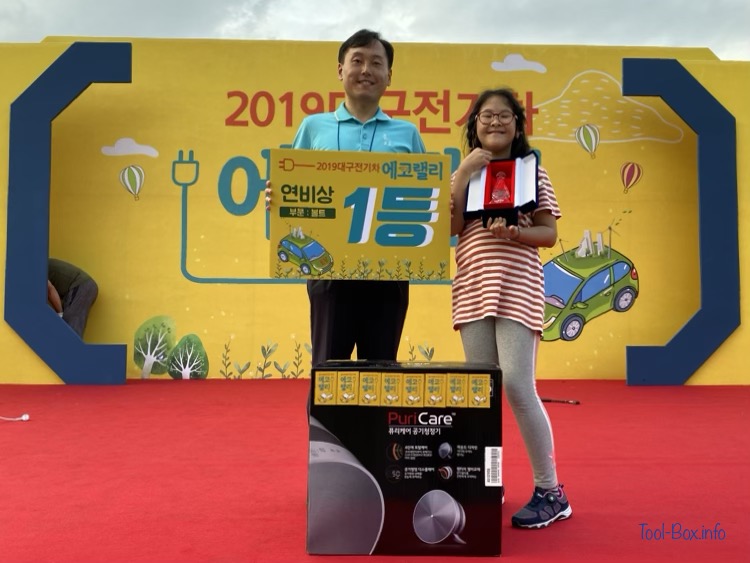
As the event winded down, the organizers held a session of O/X quiz as a way to bring people back to the seats in front of the stage. After the quiz, the award ceremony followed, in the order of "Themed", "Mission", and "Efficiency" categories. The themed category awarded people for various reasons, from the farthest-traveled (yes, we earned a prize here) to oldest/youngest attendees. For the mission category, ten people with the most points were awarded.
For the efficiency category, 1st to 4th place awards were given for Groups A and B, while Groups C and D had awards for 1st to 3rd place finishes, or roughly top 30%. For the Group D (Bolt EV), organizers were a bit confused about the efficiency numbers and initially awarded people who got the worst results. But this was eventually corrected, and my family was ultimately awarded the 1st place.
How did the 3-way tie break? They first looked at the number of people in the car for that. There were two people in my car, while the other two cars only had one each. The next tie breaker was the cumulative distance driven on the car and mine was the shortest of the three, so if Celine wasn't riding with me I would have settled for the 3rd place. In other words, she was crucial for winning the rally.
Defined tags for this entry: Bolt EV, car, Celine Chung, Daegu, Eco Rally, electric, traffic jam, travel, Wesley Woo-Duk Hwang-Chung